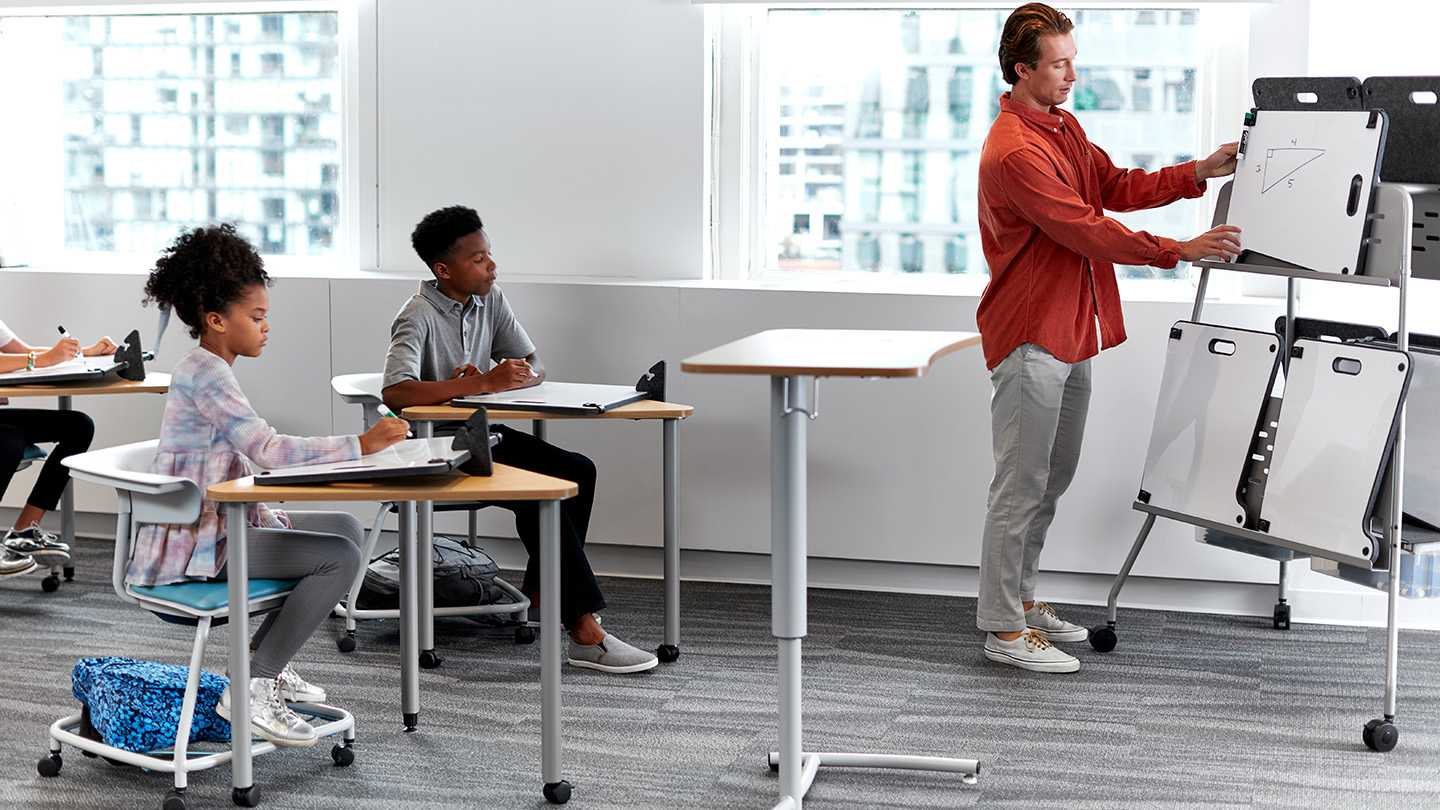
The Future of Education: Making the Right Choice in Classroom Whiteboards
In today’s rapidly evolving educational landscape, classroom whiteboards have become an essential tool for educators. They offer an interactive and dynamic way to engage students, facilitate learning, and foster creativity. With various types of classroom whiteboards available, such as traditional whiteboards, interactive whiteboards, and glass whiteboards. It is crucial for teachers to understand their features and benefits to make an informed decision based on their teaching style and classroom needs. In this comprehensive guide, we will explore each type of whiteboard, highlighting its unique advantages, and help you select the perfect one to enhance your teaching experience.
Assessing Your Teaching Style
As you consider the various types of classroom whiteboards available, it’s crucial to reflect on your teaching style and instructional approach. Every educator has a unique way of presenting information, interacting with students, and fostering learning. Understanding your teaching style will help you identify the whiteboard that aligns best with your needs and preferences.
Traditional whiteboards
Traditional whiteboards, also known as dry-erase boards, have been a staple in classrooms for many years. These boards are typically made of melamine or porcelain-coated steel, providing a smooth surface where teachers can write and draw with dry-erase markers. The ease of erasing the content makes them convenient for quick explanations and interactive sessions.
The basic functionality of traditional whiteboards allows teachers to convey information clearly and efficiently. Whether it’s solving math problems, explaining scientific concepts, or presenting key points, these boards offer a simple and effective way to illustrate ideas. Moreover, they encourage student participation as pupils can be invited to write on the whiteboard, promoting a collaborative learning environment.
Pros:
- Cost-effective solution compared to other types of whiteboards.
- Easy to use and maintain, requiring only dry-erase markers and erasers.
- Versatile, suitable for various subjects and teaching styles.
Cons:
- Limited interactive capabilities compared to newer technologies.
- Prone to ghosting and staining over time, necessitating regular cleaning and maintenance.
Interactive whiteboards
Interactive whiteboards, often referred to as smart boards, have revolutionized the way educators impart knowledge. These high-tech boards combine the functionality of traditional whiteboards with advanced technology, including touch-sensitive surfaces and interactive software. Through a connection to a computer, teachers can display digital content, use educational applications, and even access the internet.
Advantages:
- Enhanced engagement and participation among students.
- Access to a vast array of digital resources for enriched learning experiences.
- Instant feedback and assessment to gauge students’ understanding.
Limitations:
- Higher initial cost compared to traditional whiteboards.
- Dependence on technology, which may lead to technical glitches.
Glass Whiteboards
Glass whiteboards are the epitome of contemporary style and functionality. Made of tempered glass, these whiteboards offer a sleek and elegant appearance that complements modern classroom designs. Beyond aesthetics, glass whiteboards are highly durable and resistant to scratches, ensuring their longevity even with regular use.
Benefits:
- Modern and stylish addition to the classroom decor.
- Highly durable and easy to maintain.
- Can serve as a magnetic bulletin board for added functionality.
Limitations:
- Relatively higher cost compared to traditional whiteboards.
- May require careful installation due to the weight of the glass.
Selecting the Perfect Whiteboard
Choosing the right whiteboard for your classroom involves considering various factors. Analyze your specific classroom requirements, take budget constraints into account, and assess how the whiteboard integrates with your existing classroom technology. If you already use technology in your lessons, an interactive whiteboard may seamlessly complement your existing setup.
Budget Considerations:
While interactive and glass whiteboards offer advanced features, traditional whiteboards are a more budget-friendly option said experts at Shifflerequip.com. Prioritize features that align with your teaching style and classroom needs to make an informed decision. Glass whiteboards can enhance a modern classroom’s aesthetic and provide a versatile writing surface.
The bottom line is the type of whiteboard you choose can significantly impact your teaching experience and student engagement. Traditional whiteboards, interactive whiteboards, and glass whiteboards each offer unique advantages. Consider your teaching style, classroom requirements, and budget to select the perfect whiteboard that enhances your teaching and creates an interactive and vibrant learning environment.







